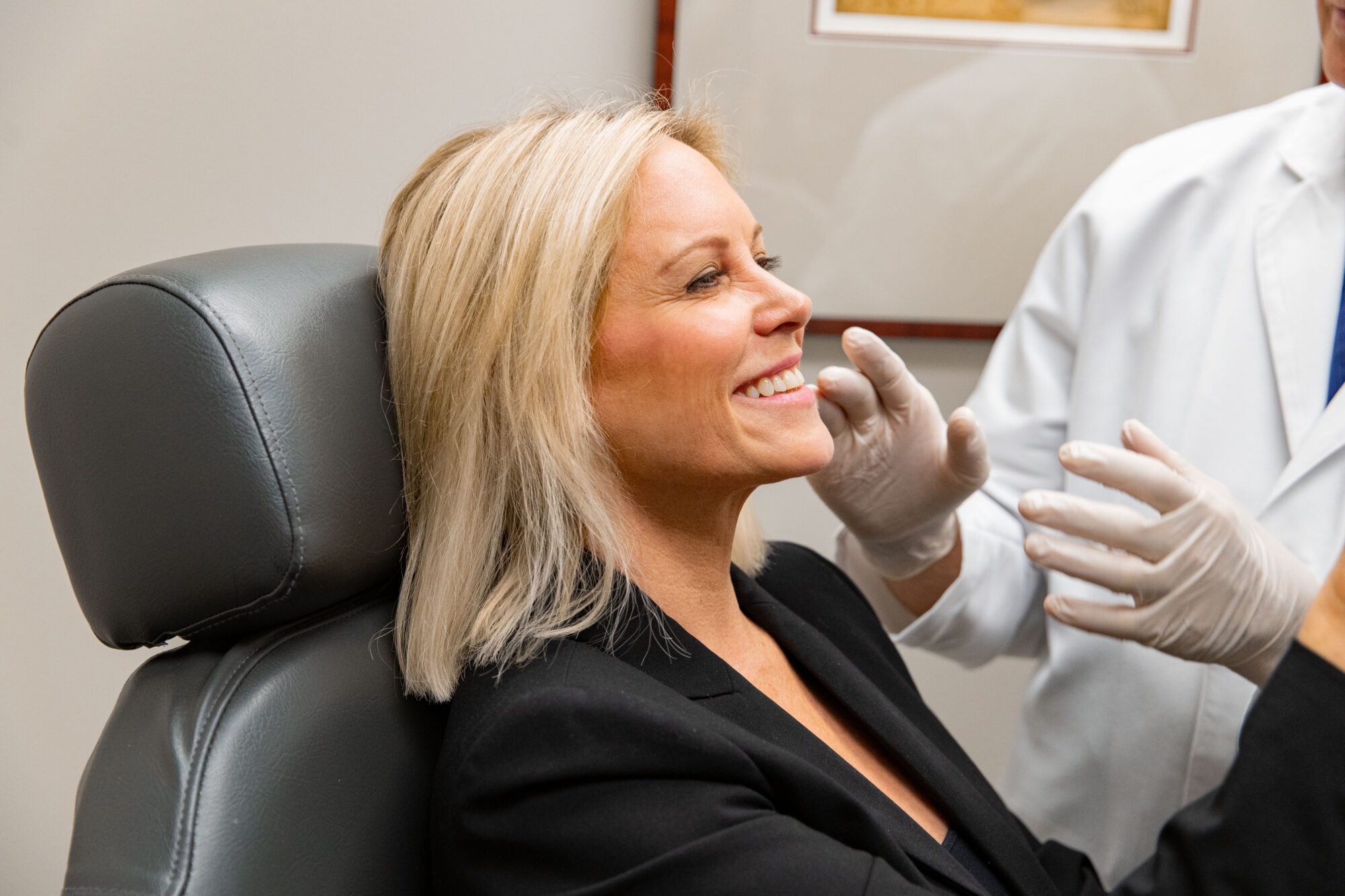A facelift is a surgical procedure performed to restore a youthful appearance to the client’s face and neck. It is performed to correct loss of skin tone in the lower face, which results in jowls, sagging in the middle of the face, and line or wrinkles. While there are non-surgical alternatives that can improve the appearance of skin in the short term, the results of these procedures do not last nearly as long as facelifts.
Who is a good candidate for a facelift?
The ideal candidate for a facelift is someone in overall good health who does not have a medical condition that could impede healing. Most people who have facelifts are over 40 years old.
The candidate should also have realistic expectations for the results of the procedure, and be willing to follow all the doctor’s pre and post-op instructions. A good candidate should also have elastic skin and strong bone structure. Elastic skin heals well and will shorten the recovery period while a strong bone structure provides support to the skin.
Patients with weak facial features may want to receive facial implants or dermal fillers to provide more support to the skin. A facelift is most helpful for somebody with deep lines, jowls and a double chin. A very overweight person is not a good candidate for a facelift since they are more likely to have complications following the surgery.
Smokers are not good candidates since smoking increases the risks of undergoing general anesthesia. Smoking also retards the healing process. Because of this, a smoker wishing to receive a facelift will be told to quit at least two months before the procedure.
What preparations will the patient have to make?
They will have to stop smoking at least two months before the procedure. Some medications and supplements may also cause complications or retard healing, and the patient will have to either work with their doctor to stop taking them or find acceptable substitutes. Examples include aspirin, Vitamin E and blood-thinners. Most patients should plan on taking one or two weeks off from work.
What will the patient have to do during the recovery period?
The patient will have bandages and possibly drainage tubes. They will have the latter for at least 48 hours and will have to clean and care for the tubes. The patient should change their bandages and avoid getting their faces wet. The patient will also have to see the doctor the day after the procedure so he can make certain they will not have complications.
About 5 to 7 days after the operation, the patient will have their stitches taken out. While they should avoid strenuous exercise, the patient should still take light walks to stimulate blood flow and prevent blood clots.
The patient will have to sleep with their head elevated for the first two weeks after surgery. Until the doctor says otherwise, they should avoid pools, saunas and hot tubs. Similarly, they should not put on make-up until the doctor gives permission to do so.
If you are interested in the age-defying results of a facelift, our team at Chernoff Cosmetic Surgery can help. Led by Dr. Gregory Chernoff, we will work with you to create a treatment plan that is tailored to your needs. Contact Chernoff Cosmetic Surgery today to schedule your consultation.




